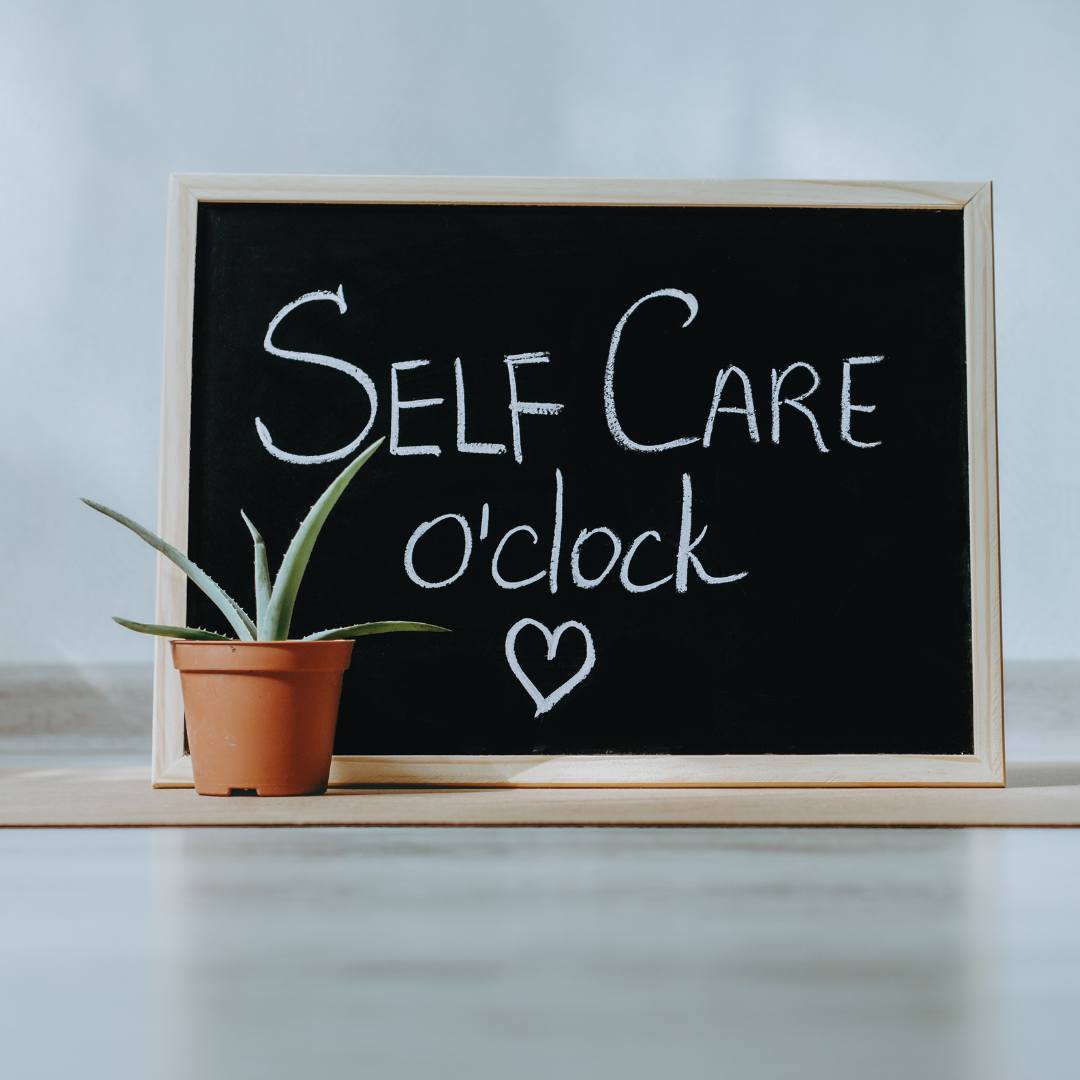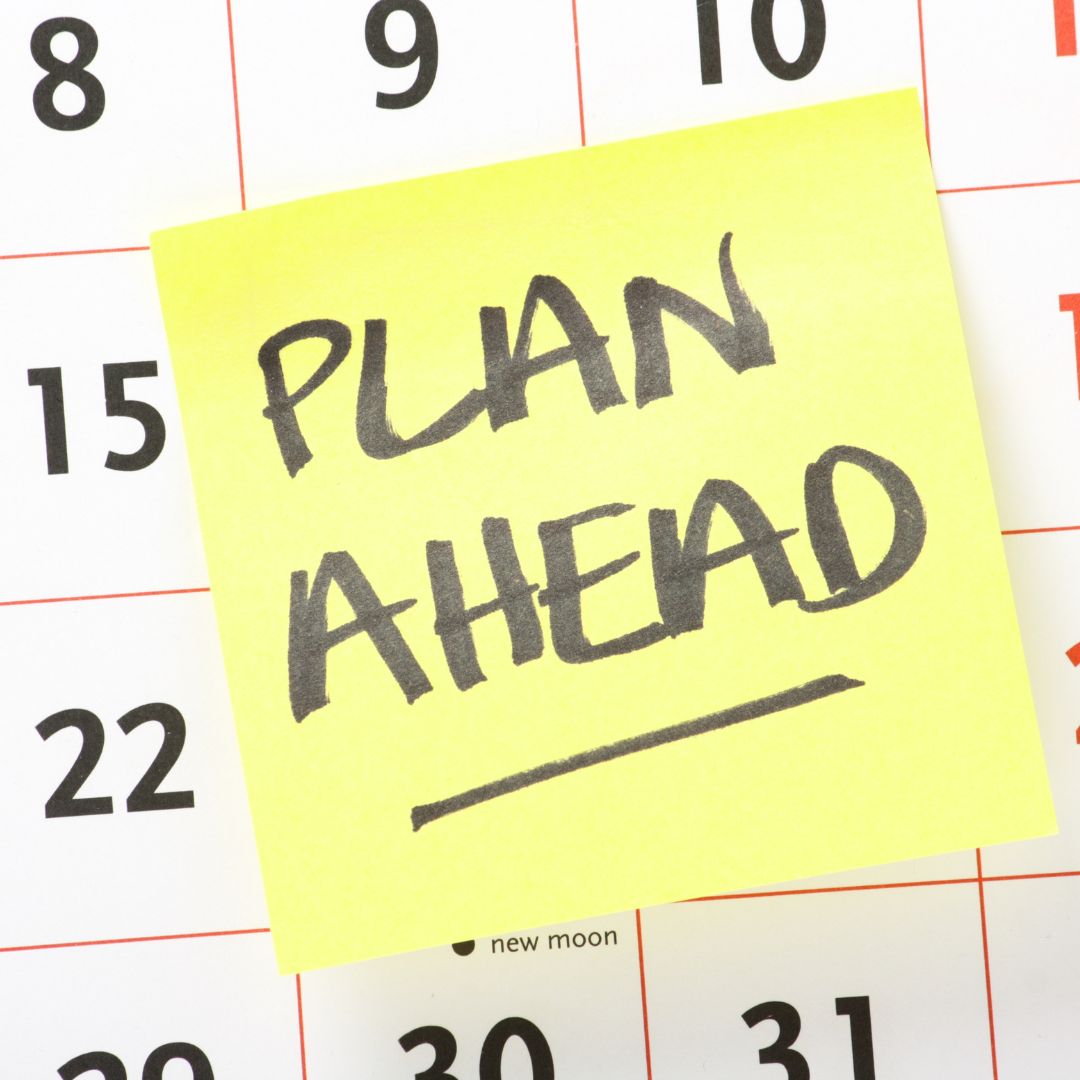It’s that time of the school year: Pencils disappear, interruptions increase, days shorten, holidays approach, and temperatures drop. The newness has worn off.
Most teachers and experts recognize that late autumn elicits a distinct period of mid-year slump, partly because that start-of-school energy has vanished. Now, that energy is replaced by the burden to continue to engage students in learning while wrestling the increasing pressures and time crunches of a semester nearing its end.
Whether you’re on block scheduling and your time with your current students is approaching its conclusion or you have your students year round, recognizing that this dip in productivity lies ahead is the first step in preventing it devolving into catastrophe.
Proactively taking steps to avoid the problems of the mid-autumn slump will make both yours and your students’ school days more positive and productive.
Take Care of Yourself

Although this advice may seem obvious, it bears prominence in avoiding the late-autumn slump. Educators are an intelligent group who know that plenty of sleep, a healthy diet, and daily exercise are vital factors in well-being, and they know that mental and physical wellness are essential to effective teaching and learning.
Late autumn is no time for an overhaul; take incrementally loftier steps as you’re able. Pick which of these areas where you’re struggling the most, and attack that one first. For instance, if you find yourself battling to get more than four hours of sleep a night, really dig into the variables that might be causing this setback: stress, caffeine, medication, diet, or simply your overpacked lifestyle.
Similarly if you’re not getting at least 30 minutes of exercise on most days of the week, find ways to fit walking into your daily routine. Especially in late autumn, many teachers drive to work and home when it’s dark outside, preventing that much-needed fresh air stroll. Moreover, many teachers do not have windows in their classrooms, extending that lack of necessary sunlight.
Use the time you’re given at school — whether it’s lunch or planning time — to walk outside, even if it’s just around your campus. Even 15 minutes of walking outdoors can leave you refreshed and energized the rest of the day.
Sidestep Pitfalls

Unless you’re a first-year teacher, you know this autumn drop off is coming. You know that you get a little more irritable and students get a little more apathetic as October and November ensue. As such, you have to be both proactive in planning and flexible in reacting.
Do something unexpected with your classes, like an impromptu algebra Jeopardy or a musical chairs gallery walk with literary passages for groups to interpret. If you normally have silent reading, read aloud. Read to your students in dramatic fashion, or have student volunteers read and discuss quotes from their own books.
As schools get closer to the end of fall semester, interruptions increase in frequency and in length: School pictures, field trips, and drama and sports practices and events all have students bustling in and out of the classroom like a revolving door. To combat the intrusions, have engaging activities on hand; play a game — electronically or physically — that promotes skills aligned with your standards; or show a film or documentary clip relevant to your lesson or unit. Educator Jennifer Gonzalez offers a myriad of what she calls “lame duck day” activities for all grade levels in this article.
The chief goal here is to model a calm, even temper. Watching you react to interruptions with patience and perseverance teaches crucial life skills beyond the classroom.
Renew Your Purpose

Although “Renew Your Purpose” may sound similar to the overused and increasingly disliked “Remember Your Why,” the two are distinctly different.
The latter asks teachers to remind themselves to think about what got them into teaching in the first place; inevitably, the ultimate answer boils down to some version of “to change the lives of students.” That goal, while attainable and positive, often puts pressure on teachers to work themselves to burnout or to resent other aspects of their jobs.
On the other hand, “Renew Your Purpose” focuses you to think about a smaller, more immediate goal, a purpose for the particular class, the school year, or your own advancement. This “purpose” might not even pertain to your professional life, but your personal goals.
Refocusing and redefining what’s most important right now can help you cope not only with classroom irritants but also give you a short-term goal to endure the late-autumn slump with a fresh, balanced perspective.
By taking steps to acknowledge the difficulties of this time of the school year and proactively plan for how you’ll approach them, you may just translate that late-autumn slump into success!
